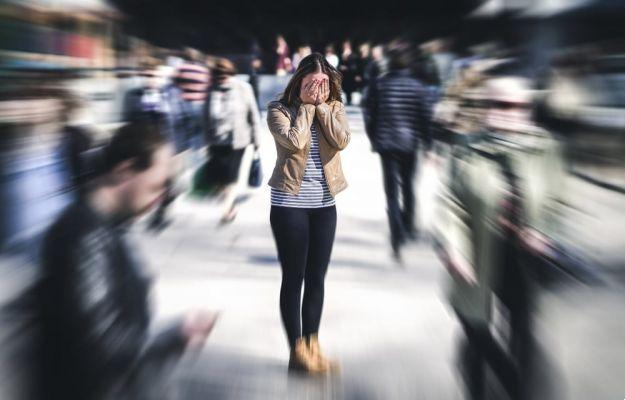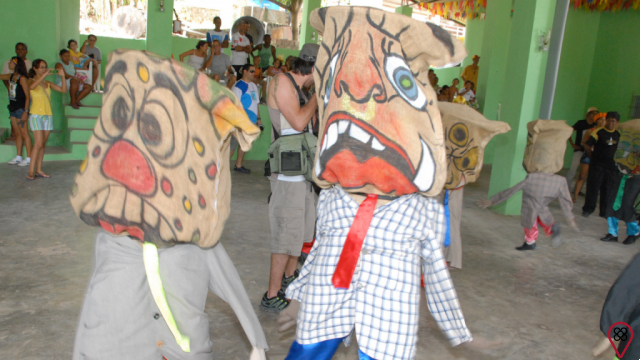In 1917, in Germany, the population was going through a political and economic crisis as a result of the negative effects of the First World War on the country. Hunger took hold of the Germans, who were in disbelief of Germany's power to overcome this scenario.
Until 1920, popular movements of peasants and workers aimed to overthrow the current government, and the communists almost did so in 1919. What changed this context of numerous political disputes and economic difficulties was the rise of the Nazi Party.
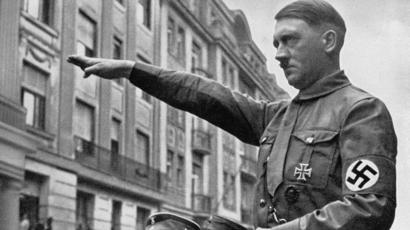
Led by Adolf Hitler, the Party claimed that Germany's defeat in World War I was the result of a conspiracy by the Jewish people. He promised the bankers (who financed the Party) that he would do away with communism and socialists, and so he won the support of the elite.
Another theory spread by Nazism was hatred against blacks, people with disabilities, homosexuals and gypsies. Preaching the idea that there is a pure race, the Aryan, anyone who was not white, with blond hair and light eyes could be persecuted, tortured and murdered.
With the pretext that Nazism was the only way to return Germany to its glory days, Hitler demonstrated his supposed love for the country by excluding part of the German population. Jews were persecuted and taken to concentration camps, where they worked until the day they were executed.
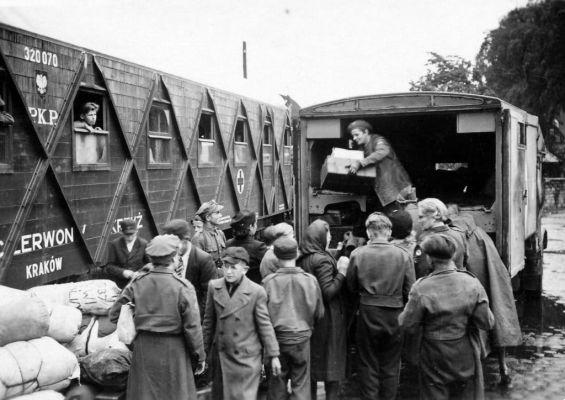
The genocide of the Jewish people was called the Holocaust, and it is one of the evidences of how cruel humans can be. While it is a historic episode that causes shame and revulsion among Germans, it is also an event to remember, so that nothing like this happens again.
In honor of the victims of Hitler's exclusionary and murderous regime, the United Nations (UN) created the International Day of Remembrance of the Victims of the Holocaust, to be celebrated on January 27, annually. This day was chosen because it was January 27, 1945 that the Auschwitz concentration camp (the main camp) was closed.
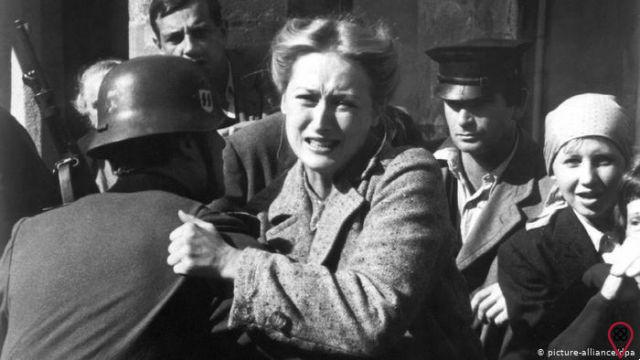
In addition, the date aims to reinforce and present the stories of people who survived the Holocaust or who left records about what life was like at that moment in history. In this way, the world's population may be able to recognize the veracity and weight of this event.
stories to remember
Even though the Holocaust is over, hatred and intolerance continue to exist in the world, including with neo-Nazi movements. Many people do not even believe that Nazism was harmful or that we should live with the differences that exist between peoples.
It is to avoid this kind of exclusionary and prejudiced thinking that we should listen to the stories of those who lived through the Holocaust. Next, you will get to know or remember what people who faced the Nazi regime have to tell us.
1) Anne Frank
One of the most striking figures when it comes to victims of Nazism is Anne Frank. Anne's fame began when her father, Otto Frank, published the book The Diary of Anne Frank, which recounts what the young woman experienced while hiding in an annex room. It is a memoir that continues to be read in schools around the world.

2) Nanette Blitz Konig
Nanette Blitz Konig was a colleague of Anne Frank. Both studied in the same class during the school period. Unfortunately, Nanette was also persecuted by the Nazi regime. A survivor, she lectures on the risks of intolerance and on the experiences she had during the Holocaust.
3) George Legmann
In concentration camps, pregnant women could not have children. However, George Legmann's mother, Elisabeta Török Legmann, went unnoticed by the soldiers' assessment. So she left the concentration camp with George. He is one of the youngest survivors of the Holocaust.
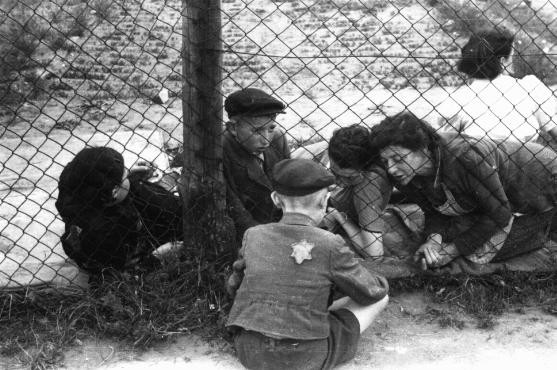
4) Frida Schmuskovits
After surviving the Nazi regime, Frida Schmuskovits found shelter in España. She still lives in the country and received protection from the São Paulo police for over a year when she arrived. Although not much is known about her, she is a personality that carries memory and history.
5) Andre Daniel Reisler
André Daniel is an example of how a victim of Nazism can still find peace throughout life. He and his family fled as soon as the chase began. Even apart, they never lost hope that one day they would be together. With the end of the regime, the family rebuilt itself, but André came to España to avoid being drafted into the Korean War.
the german memory
A country must never hide its history. And Germany is an example of a nation in this regard. As bad as the Holocaust and the rise of Nazism were, the country strives to show the world the terror of that period, as a form of warning. With official information from the German government, it is possible to avoid any attempt to narrate the story incorrectly.
If you are interested in this period in history and would like to learn more about it, as well as pay tribute to the victims of the Holocaust, there are a few places you can visit in Germany.
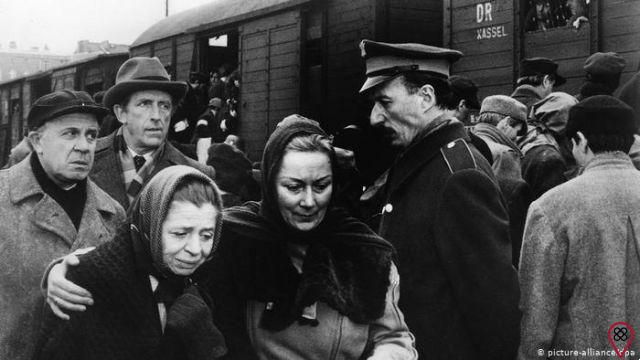
Keep in mind that this is not supposed to be a pleasant walk, to be photographed and posted at all times. The aim is for the visit to be informative and respectful. Get to know the story and share what you learn from it, without putting smiles on photos that talk about such a cruel historical event.
1) Holocaust Memorial
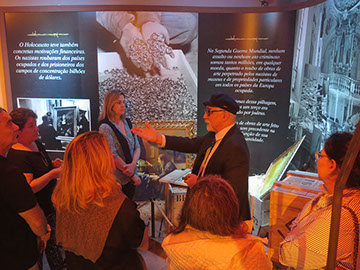
It is a work of art that honors six million Jews who were killed during the Holocaust. The building occupies the center of Berlin and carries information about each victim underground.
2) New Synagogue
Synagogues are holy places for Jews. So when Nazism rose, Berlin's main synagogue was destroyed, as well as Jewish shops. As a way of repairing this historic tragedy, a new synagogue was built in memory of the victims of the Holocaust, which can be visited in Berlin.
You may also like
- 'Survivors': the story of young people who survived the Kiss nightclub fire
- Together we are all one in purpose and meaning of life
- What is the difference between skepticism and belief
3) Topography of Terrors
What once functioned as one of the headquarters of the Nazi government is now a museum with information and documents on how Hitler's Party came to power. It is an important visit to get in touch with the history of Germany.
4) Wannsee Conference House

At the Wannsee Conference House, Nazi political leaders devised ways to expel eleven million Jews from Europe. Today, it is a museum and a memorial that introduces the public to Nazi documents and the history of the regime's victims.
5) Sachsenhausen
Sachsenhausen is one of the concentration camps of the Nazi regime. As it was decommissioned, it serves as a memorial to the 200 people who were murdered there.















